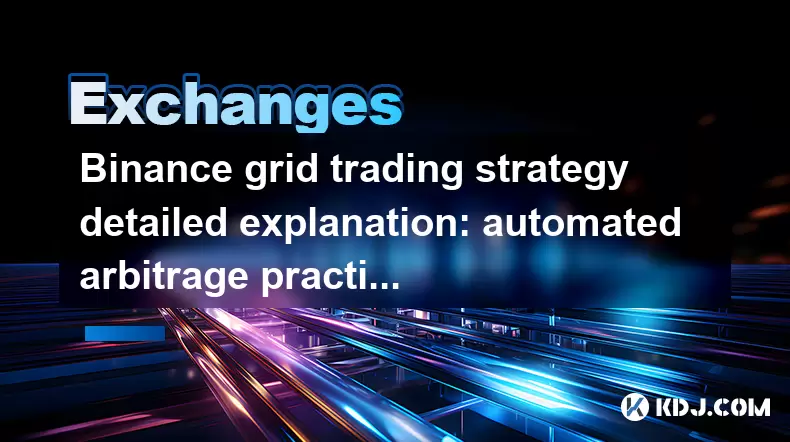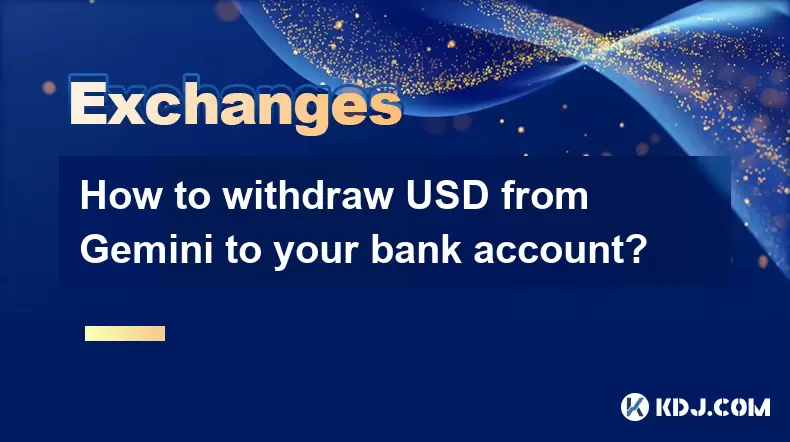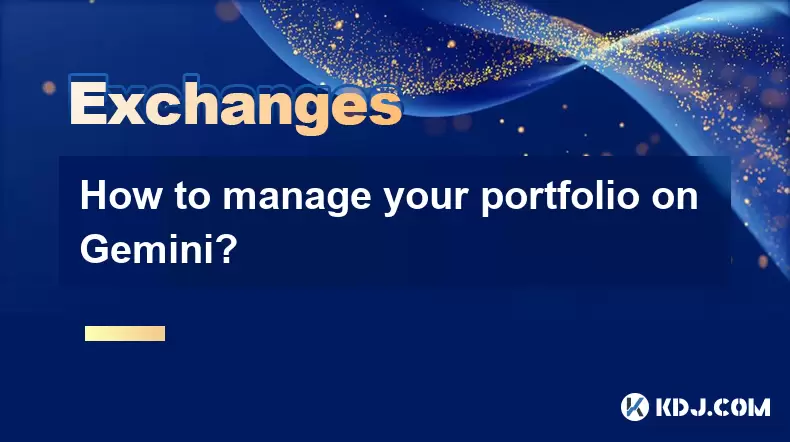-
 Bitcoin
Bitcoin $115000
0.12% -
 Ethereum
Ethereum $3701
4.50% -
 XRP
XRP $3.081
2.99% -
 Tether USDt
Tether USDt $0.0000
-0.01% -
 BNB
BNB $767.9
1.45% -
 Solana
Solana $169.5
3.13% -
 USDC
USDC $0.9999
0.01% -
 Dogecoin
Dogecoin $0.2106
4.30% -
 TRON
TRON $0.3334
1.62% -
 Cardano
Cardano $0.7564
2.54% -
 Stellar
Stellar $0.4165
0.76% -
 Hyperliquid
Hyperliquid $38.75
0.25% -
 Sui
Sui $3.593
3.00% -
 Chainlink
Chainlink $17.08
3.59% -
 Bitcoin Cash
Bitcoin Cash $573.6
4.35% -
 Hedera
Hedera $0.2508
-0.84% -
 Avalanche
Avalanche $23.07
6.46% -
 Ethena USDe
Ethena USDe $1.001
-0.02% -
 Litecoin
Litecoin $120.8
8.17% -
 UNUS SED LEO
UNUS SED LEO $8.943
-0.32% -
 Toncoin
Toncoin $3.400
-5.60% -
 Shiba Inu
Shiba Inu $0.00001255
1.54% -
 Uniswap
Uniswap $9.908
6.32% -
 Polkadot
Polkadot $3.718
2.10% -
 Monero
Monero $303.0
-0.74% -
 Dai
Dai $0.9999
-0.02% -
 Bitget Token
Bitget Token $4.392
0.91% -
 Cronos
Cronos $0.1403
6.31% -
 Pepe
Pepe $0.00001076
1.13% -
 Aave
Aave $267.2
1.80%
Binance grid trading strategy detailed explanation: automated arbitrage practical tutorial
Binance's grid trading automates profits from market volatility by setting buy and sell orders within a price range, ideal for range-bound crypto movements.
Jun 15, 2025 at 01:21 am

Introduction to Grid Trading on Binance
Binance's grid trading strategy is an automated trading approach that allows users to profit from market volatility without having to predict market direction. This strategy involves setting up a grid of buy and sell orders at predetermined price levels. When the market price moves up and down within this grid, the system automatically executes trades to buy low and sell high, thereby generating profits from these price movements.
Grid trading can be particularly useful for traders who believe in the range-bound movement of a cryptocurrency over a certain period. By automating the process, traders can take advantage of small price fluctuations without needing to monitor the market continuously.
Setting Up Grid Trading on Binance
To start grid trading on Binance, you need to follow a series of steps to configure your trading bot. Here’s how you can set it up:
- Log into your Binance account: Ensure you have a verified account and sufficient funds in your trading wallet.
- Navigate to the Futures or Spot trading section: Depending on whether you want to trade with futures or spot markets, choose the appropriate section.
- Select the Grid Trading feature: Look for the "Grid Trading" option within the trading interface.
- Choose the trading pair: Select the cryptocurrency pair you wish to trade, such as BTC/USDT.
- Configure the grid parameters: Set the upper and lower price limits, the number of grids, and the amount of capital you want to invest. For example, if you set the upper limit at $50,000 and the lower limit at $40,000 with 10 grids, the system will automatically place buy and sell orders at $41,000, $42,000, and so on.
- Review and confirm the settings: Double-check all your settings, including the trading fees and potential profits, before confirming the grid setup.
- Monitor and adjust: Once the grid is live, you can monitor its performance and make adjustments as needed.
Understanding Grid Trading Parameters
When setting up a grid trading strategy, it's crucial to understand the various parameters that affect its performance:
- Upper and Lower Price Limits: These define the range within which the grid operates. The wider the range, the more significant the price movements needed to trigger trades.
- Number of Grids: This determines how many price levels the system will use. More grids can lead to more frequent trades but may also increase transaction costs.
- Investment Amount: This is the total amount of capital you allocate to the grid. It's divided across the buy orders within the grid.
- Profit and Loss Settings: You can set stop-loss and take-profit levels to manage risks and lock in profits.
Benefits and Risks of Grid Trading
Grid trading offers several advantages to traders. It automates the trading process, reducing the need for constant market monitoring. It can also generate profits in a sideways market, where traditional trend-following strategies may struggle.
However, there are also risks associated with grid trading. If the market moves beyond the upper or lower limits of your grid, you may miss out on significant price movements. Additionally, frequent trading can lead to higher transaction fees, which can eat into your profits.
Practical Example of Grid Trading on Binance
Let's consider a practical example to illustrate how grid trading works on Binance. Suppose you set up a grid for the BTC/USDT pair with the following parameters:
- Upper Price Limit: $50,000
- Lower Price Limit: $40,000
- Number of Grids: 10
- Investment Amount: 1 BTC
The system will place buy orders at $41,000, $42,000, $43,000, and so on up to $49,000. When the market price hits these levels, the bot will automatically buy 0.1 BTC at each level. As the price moves up, the bot will sell at $42,000, $43,000, and so on, generating profits from these trades.
If the price moves down, the bot will continue to buy at lower levels, and when the price rebounds, it will sell at higher levels, continuing the cycle of buying low and selling high within the grid.
Optimizing Grid Trading Strategies
To maximize the effectiveness of your grid trading strategy, consider the following tips:
- Adjust Grid Parameters: Based on market conditions, you may need to adjust the upper and lower limits or the number of grids. A volatile market might require a wider grid, while a stable market could benefit from a narrower grid.
- Monitor Market Trends: Keep an eye on broader market trends and adjust your grid accordingly. If the market is trending strongly in one direction, you might need to reposition your grid to capture these movements.
- Manage Risks: Use stop-loss orders to limit potential losses if the market moves beyond your grid. Also, consider the impact of trading fees and adjust your strategy to minimize these costs.
Frequently Asked Questions
Q: Can grid trading be used for all types of cryptocurrencies?
A: Grid trading can be applied to any cryptocurrency pair available on Binance, but it's most effective for assets with sufficient liquidity and volatility. Less liquid pairs may result in slippage and difficulty executing trades at desired price levels.
Q: How does Binance calculate profits and losses in grid trading?
A: Binance calculates profits and losses based on the difference between the buy and sell prices within the grid, minus any trading fees. The total profit or loss is the sum of all individual trades executed by the grid.
Q: Is it possible to run multiple grid trading bots simultaneously?
A: Yes, Binance allows users to set up multiple grid trading bots for different cryptocurrency pairs or with different parameters. However, it's essential to manage these bots carefully to avoid overlapping trades and to ensure that your total investment remains within your risk tolerance.
Q: What happens if the market price moves outside the grid's upper or lower limits?
A: If the market price moves beyond the upper or lower limits of your grid, the bot will not execute any trades until the price returns within the grid. This can result in missed trading opportunities, but you can adjust the grid's limits to adapt to new market conditions.
Disclaimer:info@kdj.com
The information provided is not trading advice. kdj.com does not assume any responsibility for any investments made based on the information provided in this article. Cryptocurrencies are highly volatile and it is highly recommended that you invest with caution after thorough research!
If you believe that the content used on this website infringes your copyright, please contact us immediately (info@kdj.com) and we will delete it promptly.
- Velo Universe, DEX, and DeFi Security: Navigating the Future of Decentralized Trading
- 2025-08-05 09:25:13
- Bitget Wallet Revolutionizes Solana with Gas-Free Transactions: A New Era for DeFi
- 2025-08-05 09:25:13
- Ozak AI, Crypto Boom, and ROI Potential: Is This the Next Big Thing?
- 2025-08-05 09:25:24
- Solana's ETF Hopes & the All-Time High Chase: Is SOL Set to Soar?
- 2025-08-05 09:25:24
- Coinbase's Brian Armstrong and the Art of Focused Work: A Deep Dive
- 2025-08-05 09:25:30
- Uniswap Price Prediction: Bullish Reversal on the Horizon?
- 2025-08-05 09:25:30
Related knowledge

How to set and manage alerts on the Gemini app?
Aug 03,2025 at 11:00am
Understanding the Gemini App Alert SystemThe Gemini app offers users a powerful way to stay informed about their cryptocurrency holdings, price moveme...

How to use the Gemini mobile app to trade on the go?
Aug 04,2025 at 09:14am
Setting Up the Gemini Mobile AppTo begin trading on the go using the Gemini mobile app, the first step is installing the application on your smartphon...

What to do if you forgot your Gemini password?
Aug 04,2025 at 03:42am
Understanding the Role of Passwords in Gemini AccountsWhen using Gemini, a regulated cryptocurrency exchange platform, your password serves as one of ...

What are the websocket feeds available from the Gemini API?
Aug 03,2025 at 07:43pm
Overview of Gemini WebSocket FeedsThe Gemini API provides real-time market data through its WebSocket feeds, enabling developers and traders to receiv...

How to withdraw USD from Gemini to your bank account?
Aug 04,2025 at 11:01am
Understanding Gemini and USD WithdrawalsGemini is a regulated cryptocurrency exchange platform that allows users to buy, sell, trade, and store digita...

How to manage your portfolio on Gemini?
Aug 03,2025 at 10:36am
Accessing Your Gemini Portfolio DashboardTo begin managing your portfolio on Gemini, you must first log in to your account through the official websit...

How to set and manage alerts on the Gemini app?
Aug 03,2025 at 11:00am
Understanding the Gemini App Alert SystemThe Gemini app offers users a powerful way to stay informed about their cryptocurrency holdings, price moveme...

How to use the Gemini mobile app to trade on the go?
Aug 04,2025 at 09:14am
Setting Up the Gemini Mobile AppTo begin trading on the go using the Gemini mobile app, the first step is installing the application on your smartphon...

What to do if you forgot your Gemini password?
Aug 04,2025 at 03:42am
Understanding the Role of Passwords in Gemini AccountsWhen using Gemini, a regulated cryptocurrency exchange platform, your password serves as one of ...

What are the websocket feeds available from the Gemini API?
Aug 03,2025 at 07:43pm
Overview of Gemini WebSocket FeedsThe Gemini API provides real-time market data through its WebSocket feeds, enabling developers and traders to receiv...

How to withdraw USD from Gemini to your bank account?
Aug 04,2025 at 11:01am
Understanding Gemini and USD WithdrawalsGemini is a regulated cryptocurrency exchange platform that allows users to buy, sell, trade, and store digita...

How to manage your portfolio on Gemini?
Aug 03,2025 at 10:36am
Accessing Your Gemini Portfolio DashboardTo begin managing your portfolio on Gemini, you must first log in to your account through the official websit...
See all articles

























































































